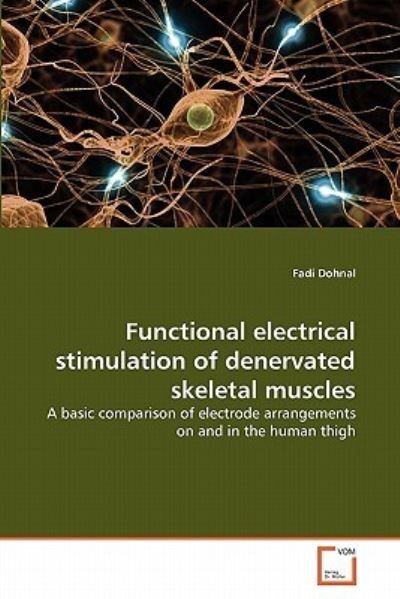
Tell your friends about this item:
Functional Electrical Stimulation of Denervated Skeletal Muscles: a Basic Comparison of Electrode Arrangements on and in the Human Thigh
Fadi Dohnal
Functional Electrical Stimulation of Denervated Skeletal Muscles: a Basic Comparison of Electrode Arrangements on and in the Human Thigh
Fadi Dohnal
Functional electrical stimulation (FES) is a technique to artificially activate motor nerves and muscles by applying electrical current pulses to pairs of electrodes placed near the activation region. FES can be used for sports, fitness, rehabilitation, restoration of lost motor functions or muscles, e.g. in subjects with brain or spinal cord injuries. The main objective of the present work was to perform a numerical feasibility study of stimulating long term denervated muscles in the human thigh for different electrode arrangements placed on the skin surface (transcutaneous) or implanted in the activating region. An important point to be clarified was whether patients with highly conductive metallic implants, who are currently excluded from FES, could be still treated within the framework of FES, and if so, whether the implant could be used as an electrode itself. Based on simplified geometries of the human thigh, the capability of different electrode arrangements to stimulate muscle fibers was benchmarked against each other. The dynamic calculation of electrode arrangements and positions helps to simplify the use of FES and to increase its clinical efficacy.
| Media | Books Paperback Book (Book with soft cover and glued back) |
| Released | May 11, 2011 |
| ISBN13 | 9783639299731 |
| Publishers | VDM Verlag Dr. Müller |
| Pages | 164 |
| Dimensions | 150 × 9 × 226 mm · 249 g |
| Language | English |
See all of Fadi Dohnal ( e.g. Paperback Book )

